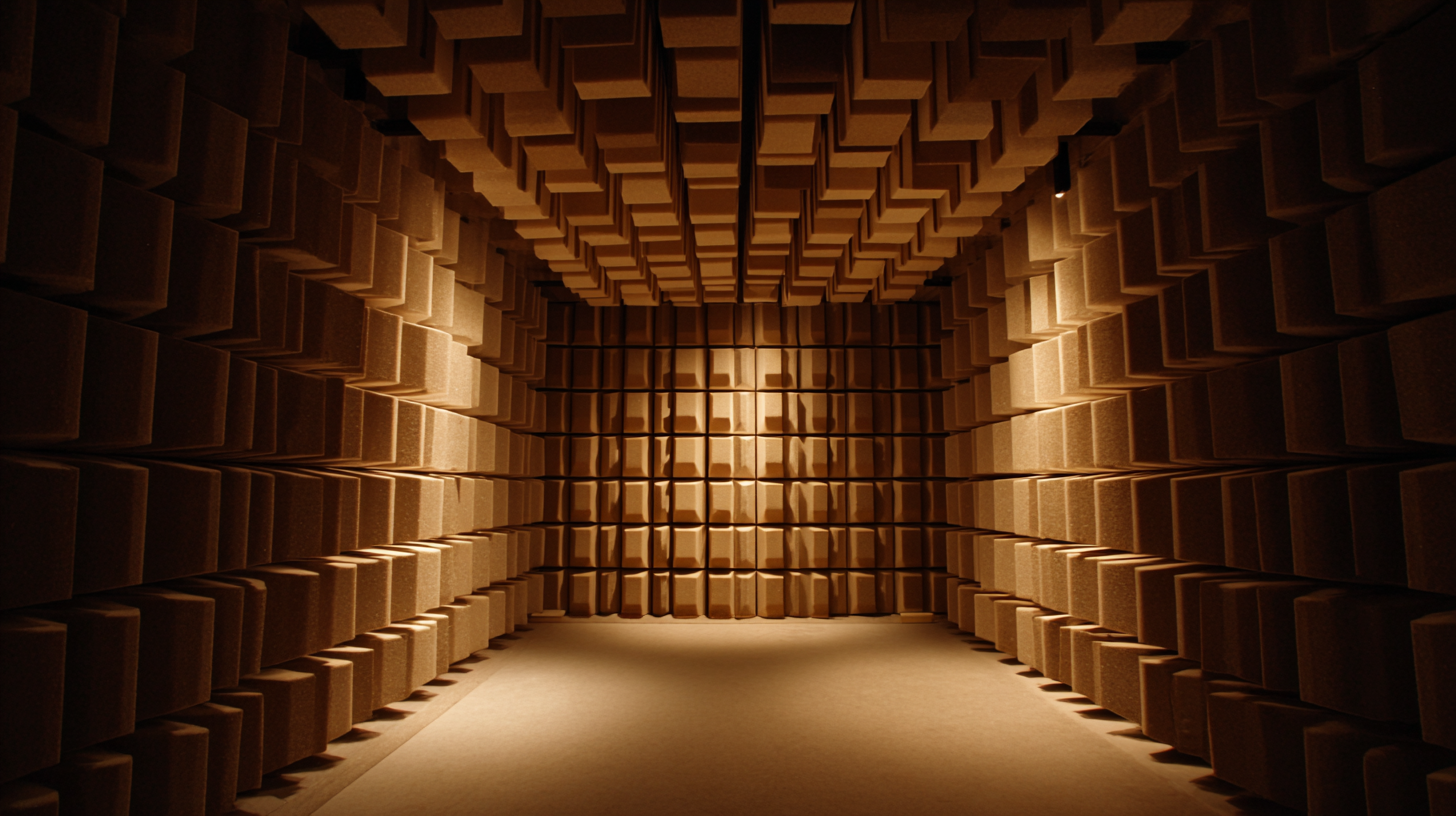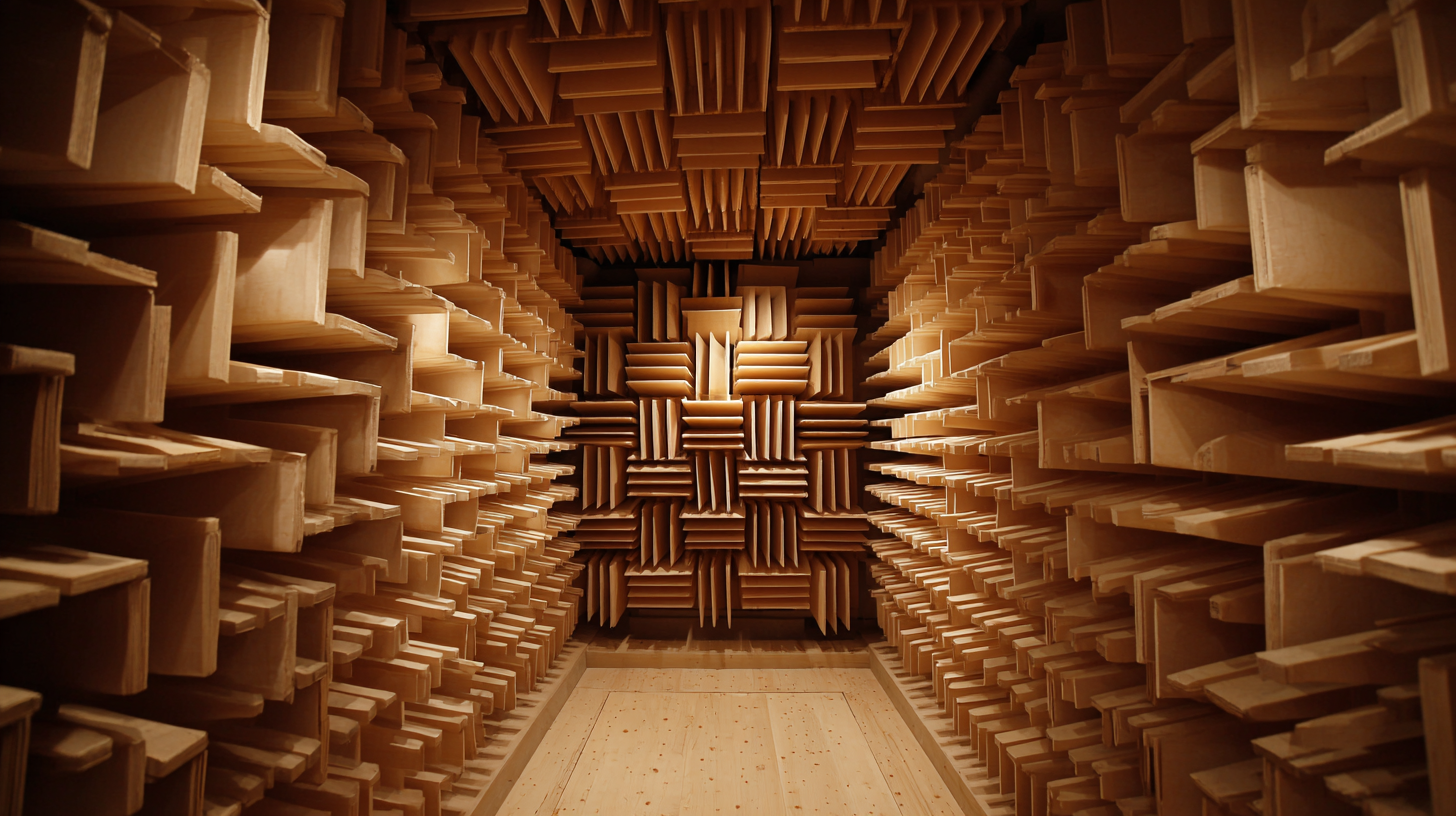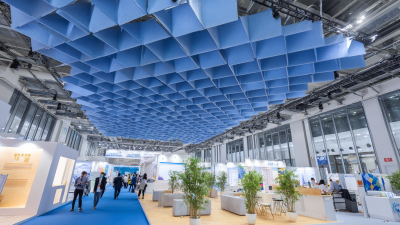2025 Guide: How to Achieve Optimal Sound Proofing in Your Home
In today’s fast-paced world, the demand for a tranquil home environment has never been higher, leading many homeowners to explore effective sound proofing solutions. According to renowned sound isolation expert, Dr. Emily Harmon, "Achieving optimal sound proofing is not just about the materials used, but also about designing spaces that embrace peace and quiet." As we approach 2025, understanding the best practices for sound proofing can make a significant difference in transforming your living space into a serene sanctuary.

In this guide, we will delve into the top five strategies for effective sound proofing, drawing on the latest industry insights and innovations. From selecting the right materials to employing advanced construction techniques, each method will be explored to empower homeowners with the knowledge needed to create a noise-free haven. The journey to sound proofing your home should not only enhance comfort but also improve overall well-being, making it an essential investment for anyone looking to elevate their living experience.
Strategies for Choosing the Right Soundproofing Materials for Your Home
When it comes to achieving optimal soundproofing in your home, selecting the right materials is crucial. There are various types of sound insulation that can significantly dampen noise between floors, helping to create a quieter living environment. Insulation materials not only reduce sound transmission but also improve energy efficiency by resisting heat flow. This dual benefit can lower your heating and cooling costs while enhancing your overall comfort.
**Tips:** Consider using acoustic panels, which are specifically designed to absorb sound and can be strategically placed in high-noise areas. They come in various styles and materials, providing both functionality and aesthetic appeal. Additionally, don’t overlook the importance of ceiling insulation. This can be particularly effective in multi-story homes where sound travels easily through floors and ceilings.
Another effective strategy is to incorporate heavy curtains or rugs in your decor. These soft furnishings can help absorb sound and minimize echo, making your space feel quieter and more serene. By thoughtfully selecting your soundproofing materials and employing these strategies, you can ensure a more peaceful home atmosphere in 2025.
2025 Guide: How to Achieve Optimal Sound Proofing in Your Home
| Soundproofing Material | Type | Effectiveness (STC Rating) | Cost per Square Foot | Installation Difficulty |
|---|---|---|---|---|
| Acoustic Foam Panels | Foam | 20-25 | $1 - $3 | Easy |
| Mass Loaded Vinyl (MLV) | Barrier | 26-30 | $2 - $5 | Moderate |
| Acoustic Caulk | Sealant | 23-28 | $0.50 - $2 | Easy |
| Soundproof Drywall | Drywall | 30-35 | $3 - $6 | Difficult |
| Green Glue Compound | Damping | 25-30 | $0.90 - $2.50 | Moderate |
Understanding Different Types of Soundproofing Techniques: Pros and Cons
When it comes to soundproofing your home, understanding the various techniques available is crucial for optimal results. There are primarily two types of sound: airborne noise, which includes sounds like voices and music, and impact noise, such as footsteps or objects dropping. Each type requires different sound insulation solutions. For airborne noise, materials such as acoustic panels and heavy curtains can be effective, whereas, for impact noise, options like resilient underlayment or specialized floor coverings can significantly dampen sound transmission between floors.
For retrofitting older homes, soundproofing presents unique challenges and opportunities. Some well-suited options include rigid foam board insulation and radiant barriers, which can help minimize gaps and improve thermal efficiency without extensive renovation. While these materials can effectively reduce noise levels, homeowners must carefully weigh the pros and cons of each type before proceeding. By considering factors like installation complexity, cost, and the specific sound issues in their living space, individuals can tailor their soundproofing approach to achieve a more peaceful home environment.
2025 Soundproofing Techniques Comparison
Essential Steps to Soundproof Doors and Windows Effectively
When focusing on soundproofing doors and windows in your home, it is essential to understand the most effective techniques to maximize sound isolation. According to industry experts, soundproofing doors can significantly reduce noise transfer, with studies indicating that properly treated doors can block up to 80% of sound waves. One recommended technique is the installation of solid-core doors, which are denser and offer better sound insulation compared to hollow-core options. Additionally, sealing gaps around the door frame with weather stripping or acoustical caulk can prevent sound leaks, enhancing the overall soundproofing effectiveness.

For windows, implementing double or triple glazing can vastly improve noise reduction, providing up to 90% sound attenuation compared to single-pane glass. Moreover, utilizing heavy drapes or acoustic window treatments can further absorb sound energy, contributing to a quieter living space. Research shows that homes near busy roads experience noise pollution that can lead to stress and health issues, making soundproofing an invaluable investment.
By employing these expert-recommended strategies, homeowners can create a more serene environment, enhancing their quality of life and comfort at home.
Innovative Sound Absorption Methods for Optimal Indoor Acoustics
In the quest for optimal indoor acoustics, innovative sound absorption methods have become vital for achieving a serene living environment. The global acoustic ceiling tiles market is projected to reach USD 11.53 billion by 2033, reflecting a compound annual growth rate (CAGR) of 5.21%. This growth is driven by an increasing demand for effective soundproofing solutions in residential, commercial, and industrial spaces. By integrating advanced materials and design techniques, these products not only enhance aesthetic appeal but also significantly reduce noise pollution.
Companies specializing in acoustic solutions are at the forefront of developing technologies that address sound absorption challenges. Their offerings include specialized tiles and panels designed to minimize sound reverberation, creating more comfortable indoor spaces. These innovative products cater to diverse needs—from home theaters and music studios to open-plan offices—ensuring that every environment can achieve its desired acoustic performance.
As awareness of the importance of sound quality continues to grow, the market for these solutions is positioned for robust expansion in the coming years.
DIY Soundproofing Projects: Budget-Friendly Solutions for Homeowners
When it comes to DIY soundproofing projects, homeowners can utilize a variety of budget-friendly solutions to enhance the acoustics of their living spaces. One effective approach is the use of soundproof foam and acoustic panels, which have been recognized for their ability to absorb sound waves and reduce echo. According to industry reports, incorporating acoustic treatments can reduce noise levels by up to 50%, making a notable difference in both residential and professional environments.
Another innovative solution is spray foam insulation, which not only provides thermal benefits but also enhances soundproofing. Recent data indicates that properly installed foam insulation can block up to 95% of airborne noise, providing a significant comfort boost—especially in urban settings where noise pollution is prevalent. By integrating these sound-absorbing materials into their homes, homeowners can craft a more peaceful living environment without a hefty investment.

Related Posts
-

Exploring the Impact of Sound Absorbing Panels at the 138th Canton Fair 2025: Industry Insights and Trends
-

Transform Your Space with Stylish Sound Absorbing Panels: A Comprehensive Guide
-

The Ultimate Guide to Choosing the Best Sound Proof Panels for Your Home
-

Exploring Market Trends: Sound Absorbing Panels at the 138th Canton Fair 2025 with Key Industry Insights
-

7 Best Sound Absorbing Panels for Ultimate Acoustic Comfort
-

Transform Your Space: The Ultimate Guide to Choosing the Best Sound Proof Panels for Home and Studio